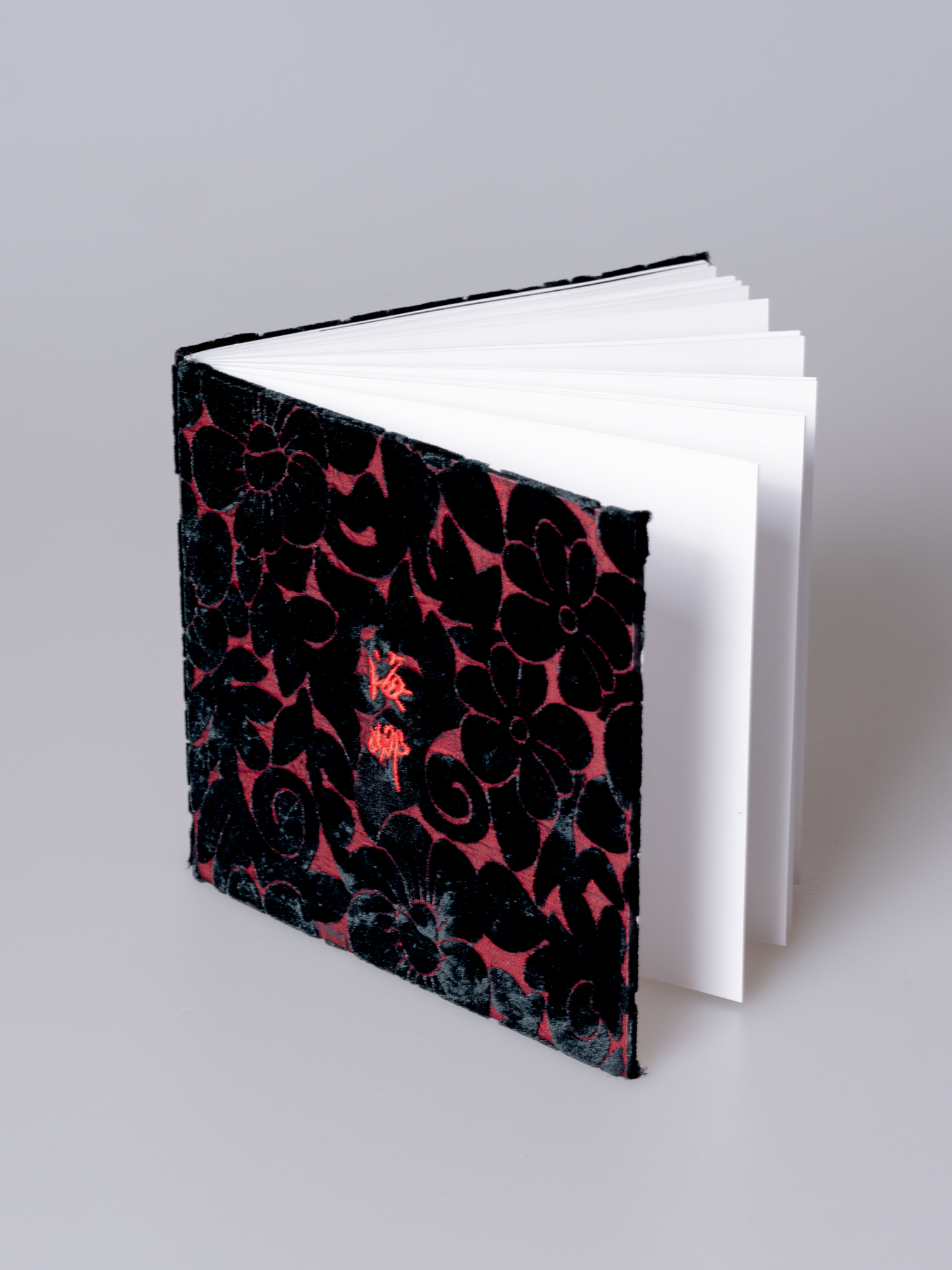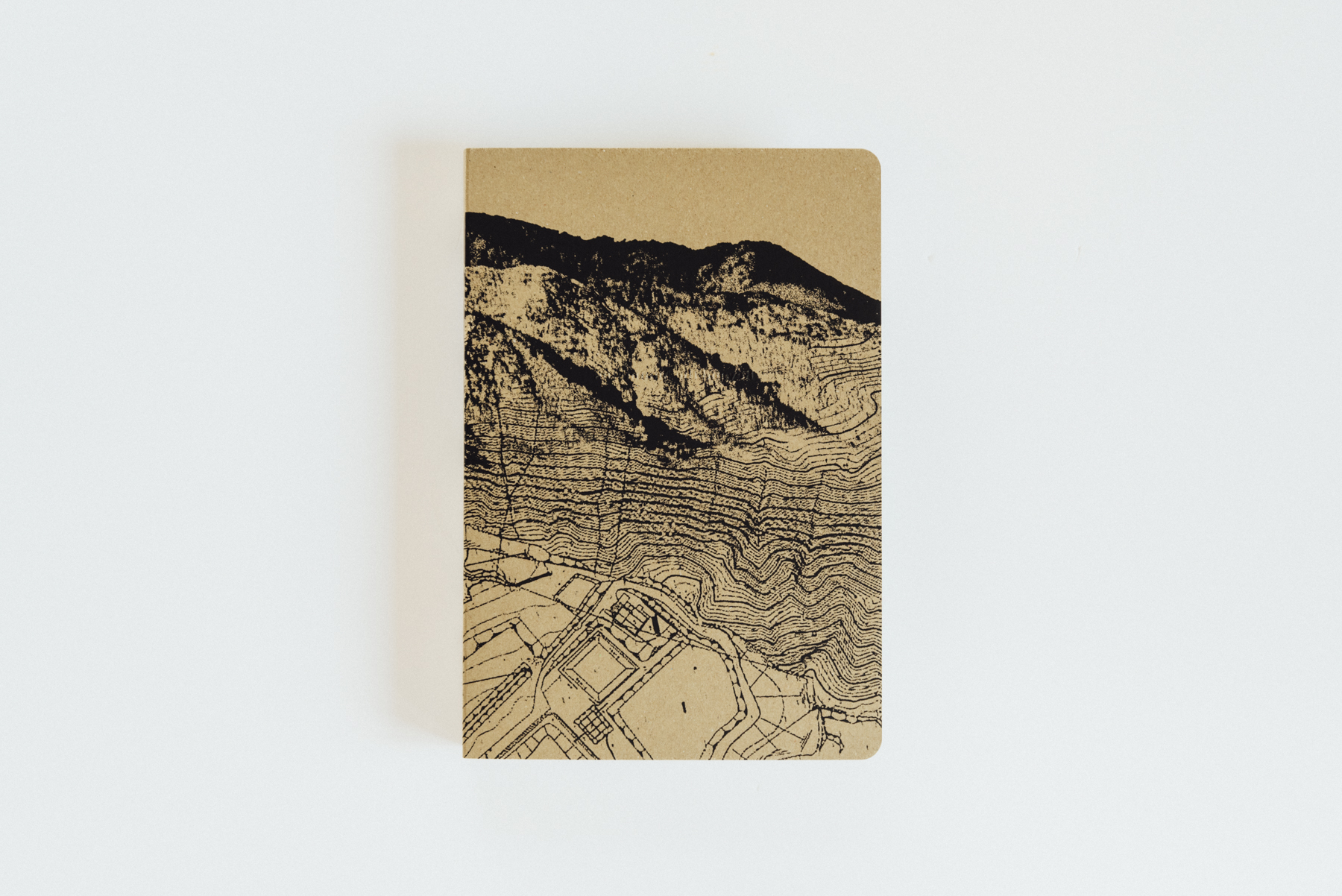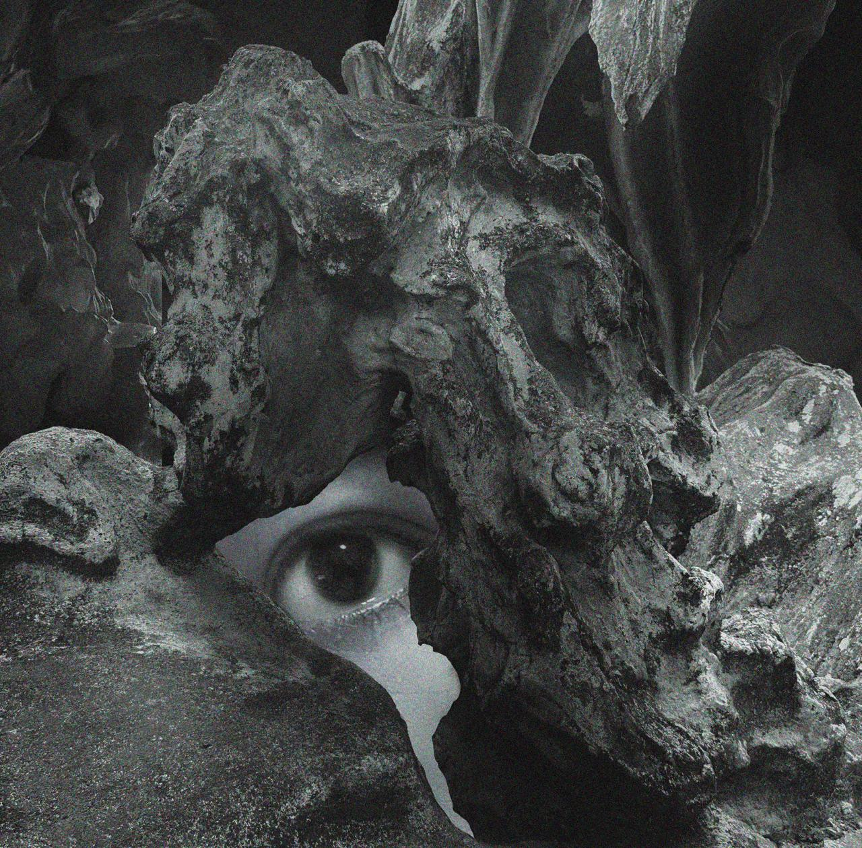In the farmhouse I was born, my granny grew a plant called henna. Every time the religious holiday was upon us, she would take out the henna powder, mix it with tea and paint on my nails, which created a scarlet shadow on them. This is the most vivid memory of my Muslim identity from my childhood.
Raised in an atypical Muslim family with an intermarriage between a Mongolian and a Muslim, I often feel like an outsider in a traditional Muslim family that emphasizes “sameness”, moreover, I feel confused and alienated by the Mongolian identity given to me by the household registration system. “How exactly should I choose my identity?” This question has always been bothering me, but there is no definite answer to that. The way in which memory, culture, politics and globalization participate in the construction of identity has become the motif of my work.
During the creation of my work, I moved between Xining and Guangzhou, aiming my camera at families to search for traces of changes in traditional life or wandering around Xiaobei in Guangzhou, an enclave for Muslim immigrants from the northwest, to consider the cultural uncertainties that arise from the collision of multiple cultures —— whether they become more visible or disappear.
Published in 2023
19 x 21 cm
40 pages
Artist Biography:
Born in 1998 in Xining, Qinghai, Wang Xue graduated from Sun Yat-sen University and is now studying pure art at the Utrecht School of Art in the Netherlands. Wang Xue’s current creations and researches focus on the influence of cultural memory on individual identity, and from the experience of “othering” and “borderland” individual growth, she pays attention to the cultural phenomenon generated by the group in the mobility, and tries to explore the multiple dimensions of individual identity under the complex social reality.
In the current stage of practice, The Migrant Groups’ Cultural Phenomenon At this stage of practice, “Haina” presents the complexity and mobility of cultural identity through direct photography; “Xiao Bei Passport” and “Bamako: Letter from Tianxiu” present the impact of globalisation stagnation on the African community in Guangzhu under the epidemic through the use of readymade images, landscape photography, and mixed materials; “Xingjukai” unfolds “beyond the imagination of the borderland” through ethnic minority folktales and family archives; and “Borderland” is a work that focuses on the cultural phenomena generated by groups of individuals in mobility. Xingjuhai” uses ethnic minority folk stories and family archives to develop a “land-loving plot” beyond the “borderland imagination”; and “Self-combing” focuses on the empowering practices of self-combing women who faced “othering” during the budding period of Chinese feminism.








